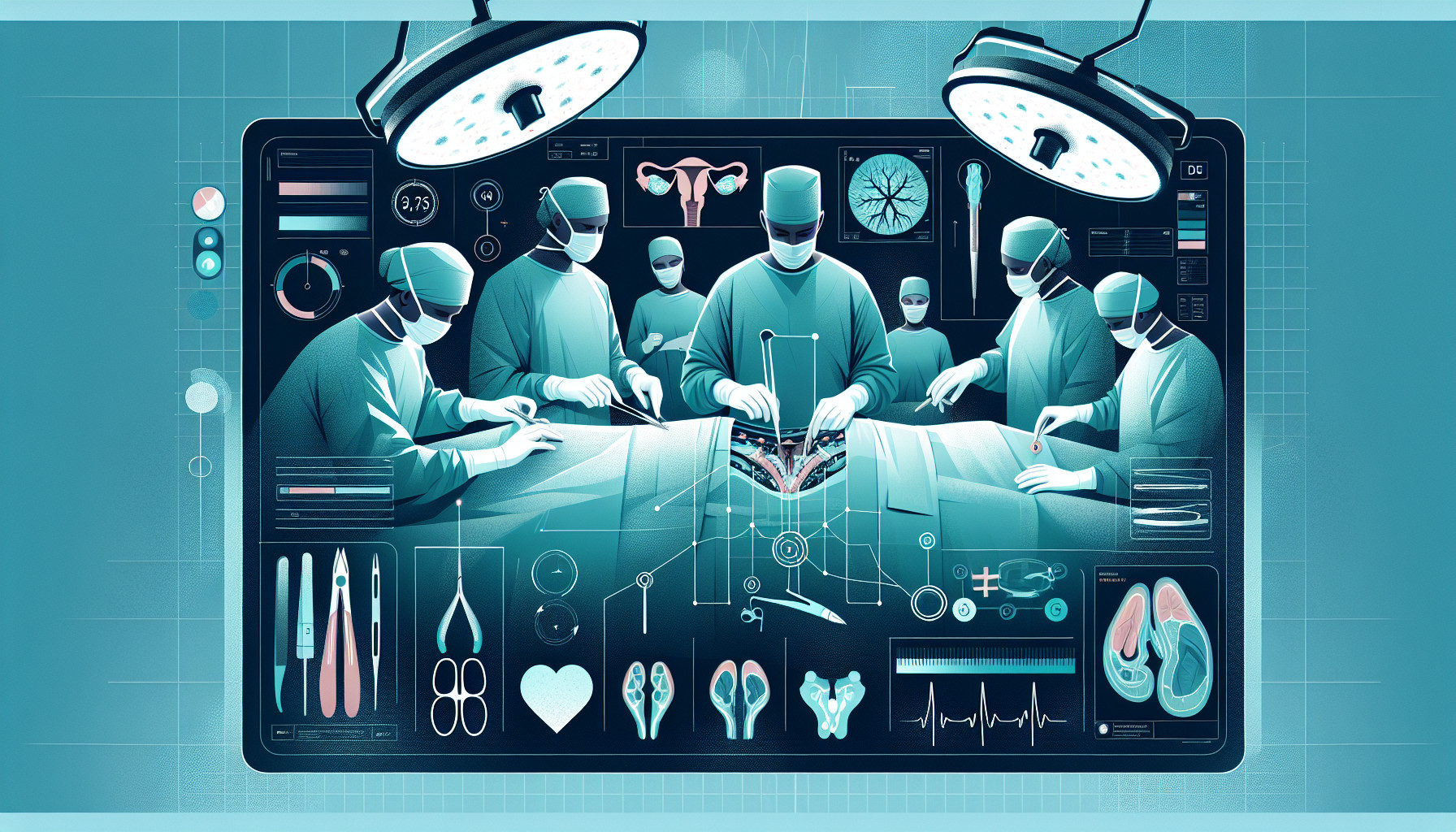Our Summary
This research study looks at the use of scrotoscopy, a minimally invasive technique, to diagnose testicular torsion, a condition where the spermatic cord becomes twisted, cutting off the blood supply to the testicle. Traditionally, open surgery is used when testicular torsion can’t be ruled out by ultrasound.
The researchers looked back at cases of patients with testicular torsion to see how well scrotoscopy and open surgery agreed in diagnosing the condition. They found that scrotoscopy was highly consistent with the results of traditional surgical exploration.
In their sample of 43 patients, 11 had their twisted testes untwisted, while the remaining 32 had to have their testes removed. The team found significant differences in the diagnostic value between how scrotoscopy and ultrasound graded the condition, and between how ultrasound and blood supply grading (a measure of how well the testes are being supplied with blood) graded it.
However, there was no significant difference between how scrotoscopy and blood supply grading graded the condition in traditional open surgery.
The researchers conclude that scrotoscopy could be a valuable tool for diagnosing testicular torsion, especially in cases where the condition can’t be definitively diagnosed but also can’t be ruled out. However, more research is needed to confirm these findings.
FAQs
- What is scrotoscopy and how can it be used to diagnose testicular torsion?
- How does the effectiveness of scrotoscopy compare to traditional open surgery in diagnosing testicular torsion?
- Can scrotoscopy replace ultrasound in diagnosing testicular torsion?
Doctor’s Tip
One helpful tip a doctor might tell a patient about testicular surgery is to follow all pre-operative instructions provided by the healthcare team, such as fasting before the surgery and avoiding certain medications. It is also important to discuss any concerns or questions with the healthcare team before the surgery to ensure a successful outcome. Additionally, following post-operative care instructions, such as rest, medication management, and follow-up appointments, is crucial for a smooth recovery process.
Suitable For
Patients who are typically recommended testicular surgery include those with suspected testicular torsion, testicular cancer, varicocele (enlarged veins in the scrotum), hydrocele (fluid buildup around the testicle), epididymal cysts, and other conditions affecting the testicles. In the case of testicular torsion, prompt surgical intervention is often necessary to save the affected testicle and prevent complications.
Timeline
Timeline of what a patient experiences before and after testicular surgery:
Before surgery:
- Patient experiences sudden and severe pain or swelling in the testicles.
- Patient seeks medical attention and undergoes physical examination and ultrasound to diagnose testicular torsion.
- If testicular torsion cannot be ruled out by ultrasound, patient may undergo scrotoscopy for further evaluation.
During surgery:
- Patient undergoes scrotoscopy, a minimally invasive procedure where a small camera is inserted into the scrotum to visualize the testicles.
- Surgeon examines the testicles for signs of torsion and determines the appropriate course of treatment.
After surgery:
- If testicular torsion is confirmed, patient may undergo surgery to untwist the testicle and restore blood flow.
- In some cases, if the testicle is severely damaged, it may need to be removed (orchiectomy).
- Patient may experience post-operative pain, swelling, and discomfort, which can be managed with pain medication and rest.
- Patient will need follow-up appointments to monitor recovery and ensure proper healing.
- Patient may need to make lifestyle changes to prevent future episodes of testicular torsion, such as wearing supportive underwear and avoiding strenuous activities.
What to Ask Your Doctor
Some questions a patient should ask their doctor about testicular surgery include:
- What are the risks and benefits of scrotoscopy compared to traditional open surgery for diagnosing testicular torsion?
- How does scrotoscopy differ from ultrasound in diagnosing testicular torsion?
- What is the success rate of scrotoscopy in diagnosing testicular torsion compared to traditional open surgery?
- What are the potential complications of scrotoscopy?
- How long is the recovery time after undergoing scrotoscopy?
- Will I need to have further treatment or surgery if testicular torsion is diagnosed?
- How experienced is the medical team in performing scrotoscopy for testicular conditions?
- Are there any alternative diagnostic tests or treatments available for testicular torsion?
- What should I expect during and after the scrotoscopy procedure?
- What are the chances of complications or recurrence of testicular torsion after undergoing scrotoscopy?
Reference
Authors: Hong H, Cai W, Wu J, Wu X, Lin L, Li T, Zhu Q, Gao Y, Ye L, Wei Y, Yang J. Journal: Medicine (Baltimore). 2020 Jul 31;99(31):e21545. doi: 10.1097/MD.0000000000021545. PMID: 32756211
